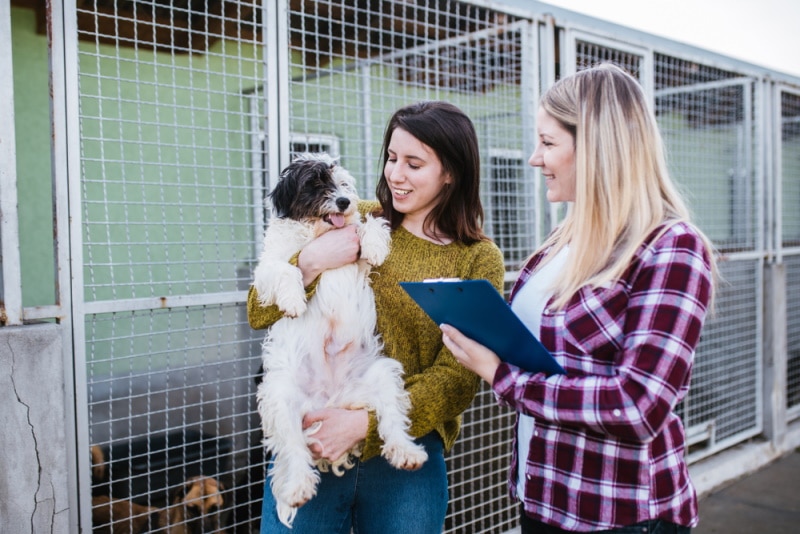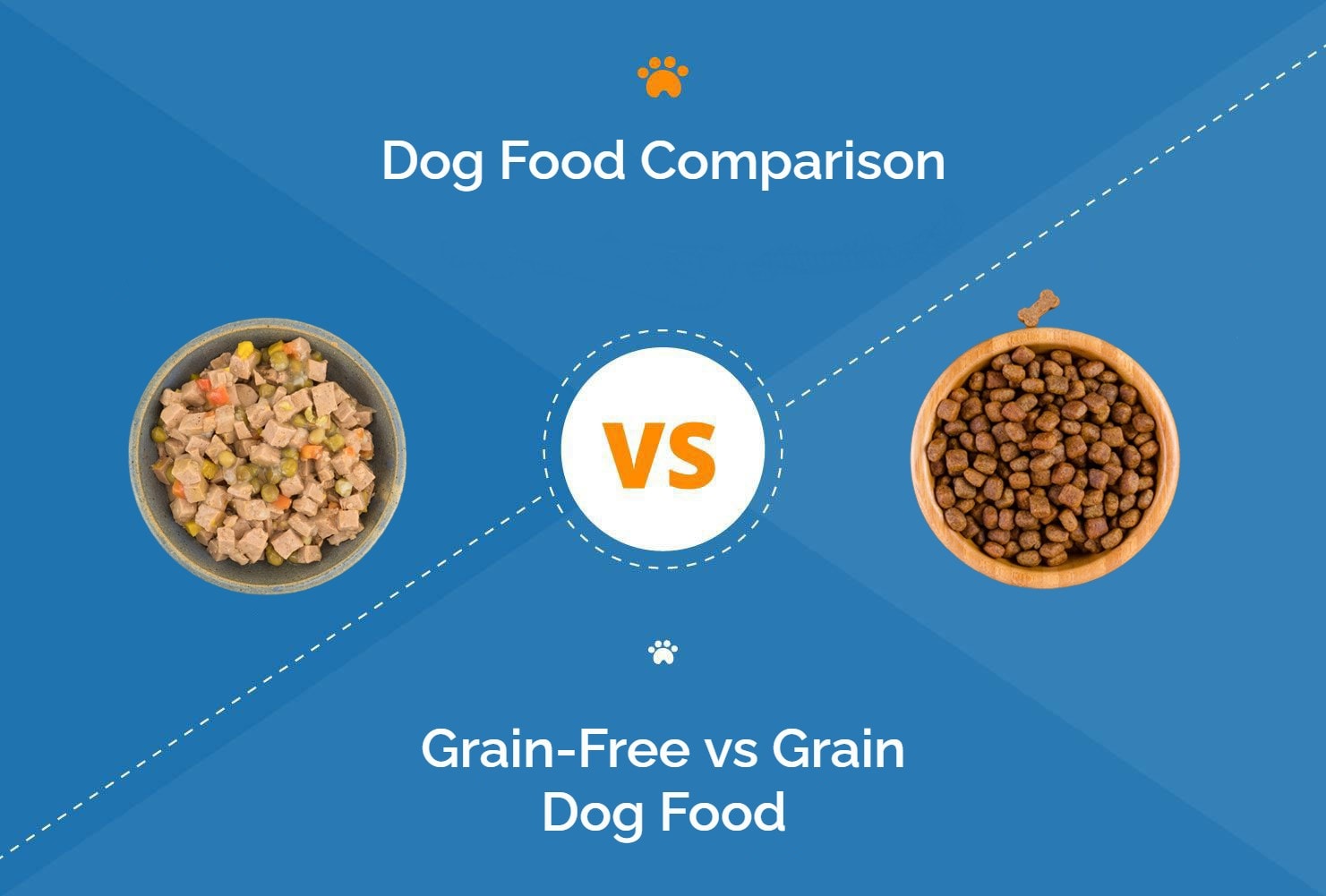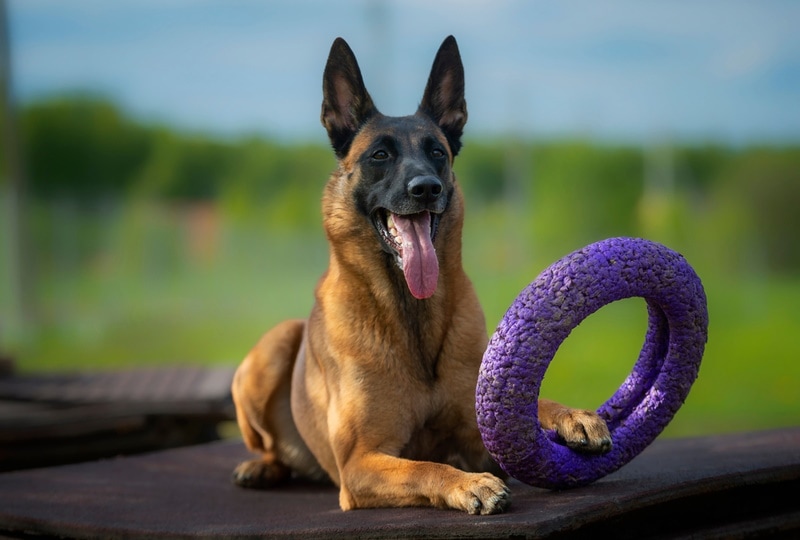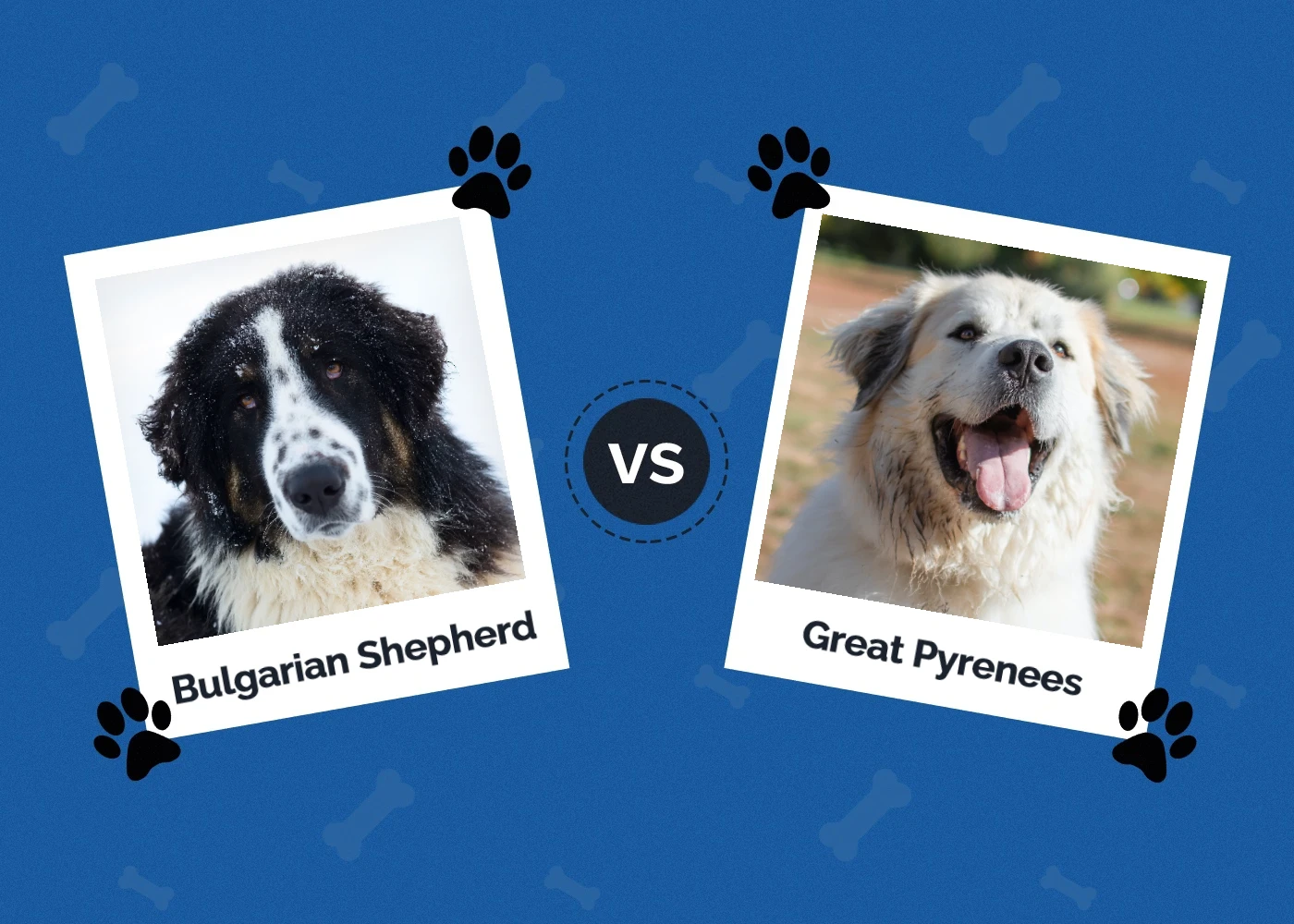Can You Change Your Dog’s Name? Renaming Tips & Vet-Verified Facts
Updated on

It is never too late to change your dog’s name; however, it will take a few weeks to “stick.” You can speed things up by training them to recognize their name, though your dog will come to recognize their name on their own time if you decide not to teach it directly.
You may want to change any dog’s name you adopt, as you don’t know what preconceptions your dog has about their old name. You want your canine to come when called, meaning they must consider their name a positive thing. This won’t be the case if they were commonly yelled at using their name.
It will take a while for your dog to get used to their new name, and you can run into training difficulties during this time. For instance, you can’t exactly call your dog if they don’t know their name!
How Do I Get My Dog Used to a New Name?
You can train your dog to learn their new name relatively easily. When we say a dog’s name, we want them to pay attention to us. Therefore, you can simply train your dog to pay attention to their new name. It’s that simple.
To do this, get a treat or two and put them in your hand. Show your dog the treats and then close your fist. Put your closed fist right next to your face, and wait for your dog to look at you. Some dogs will shift their eyes to yours after only a few moments, but others may need a few minutes. Just wait and be patient.
As soon as your dog shifts their eyes toward you at all, say their new name and reward them with the treat. Continue this until your dog looks at you right away. Then, you can move your hand away from your face until it is down by your side.
Be sure to use the name for positive things. If you call your dog in a real-life situation, provide lots of praise and potentially even treats if the dog comes. You want their name to only be associated with good experiences. When they respond to their name with attention, they should receive a positive consequence.

Can You Change a Dog’s Name After Rehoming?
Yes. We actually recommend this for a few different reasons. The biggest reason is due to unknown associations with their old name. If you want your dog to come when called, they must associate their name with positive experiences. If their old name was used while they were being punished, this probably isn’t the case. You will often have no idea how the dog was previously trained or taken care of.
Therefore, it’s often best to start with a clean slate by changing the dog’s name. Dogs are very adaptable and will adjust quickly to a new name. As we’ve explained, you can train them to recognize their name sooner. However, dogs are pretty smart and will eventually recognize their name even if you don’t teach it explicitly.
Does It Cost Money to Change a Dog’s Name?
In most areas, a dog’s name isn’t an “official” thing. Therefore, you can change your dog’s name freely without informing anyone or paying anything. However, there are some situations when paying to have your dog’s name changed on “official” paperwork may be necessary.
For instance, if your dog is registered with the AKC, then changing the dog’s name costs $25. It must also follow certain guidelines. However, this is only the dog’s “official” name and has nothing to do with what you call your dog at home.

Do Dogs Know Their Name?
Yes, dogs should recognize their name and come when called. However, this can take a little time. Dogs know that their name is a sound that’s used to get their attention when you seek it, but they don’t have the concept of a “name” like humans do.
Dogs are capable of learning through association, and with consistent training and positive reinforcement, they can learn to respond to their names when called.
When you repeatedly use a dog’s name in a positive and rewarding context, they will start to associate the sound of their name with positive experiences, such as treats, praise, or affection. This association quickly becomes stronger, and the dog will begin to respond to their name with attention, either by looking at you, wagging their tail, or coming toward you.
That’s what a dog’s name really is: a call-for-attention command. It’s how you signal that you want your dog’s attention. It’s very similar to how humans use names for other humans. When we call someone’s name, we want them to pay attention to us. It’s the same with dogs, but this response sometimes has to be trained.
You must be conscious of your own behavior when teaching your dog to respond to their name. If you’re unsuccessful when calling their name once and keep trying without break, your dog can think that their name is, “Fido, Fido, Fido, Fidoooooo,” instead of simply, “Fido.” Be mindful of this, and give them a positive consequence only when you call them once and they respond with attention. Otherwise, you’re technically training them to ignore you until you say their name five times in a row.

What Names Do Dogs Respond to Best?
Some names just work better than others. Dogs tend to prefer names with “hard” initial letters. Shorter names are also better. If you decide to go with a long or complicated name, it’s likely best to have a nickname for training purposes.
Consider the commands you’ll be using too. You don’t want a name that sounds like a command, as this can be confusing. That said, you can change the words you use for commands. Therefore, if you want a name that sounds like a common command, you can still use it—just be sure to adjust the word you use for that command appropriately.
Conclusion
Changing a dog’s name is possible at any time, but it can take a few weeks for the dog to become comfortable and familiar with their new name. You can expedite the process by training them to recognize their new name, although dogs can learn it naturally over time without direct training.
When choosing a new name for your dog, consider names with two syllables and “hard” initial letters, as dogs tend to respond better to these sounds.
You can get your dog used to their new name by training them to pay attention when you say it, using positive reinforcement like treats and praise. Dogs are highly adaptable, and they will adjust quickly to their new name, regardless of their age or how long they’ve had their previous name.
Featured Image Credit: Mladen Mitrinovic, Shutterstock











